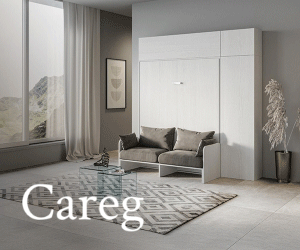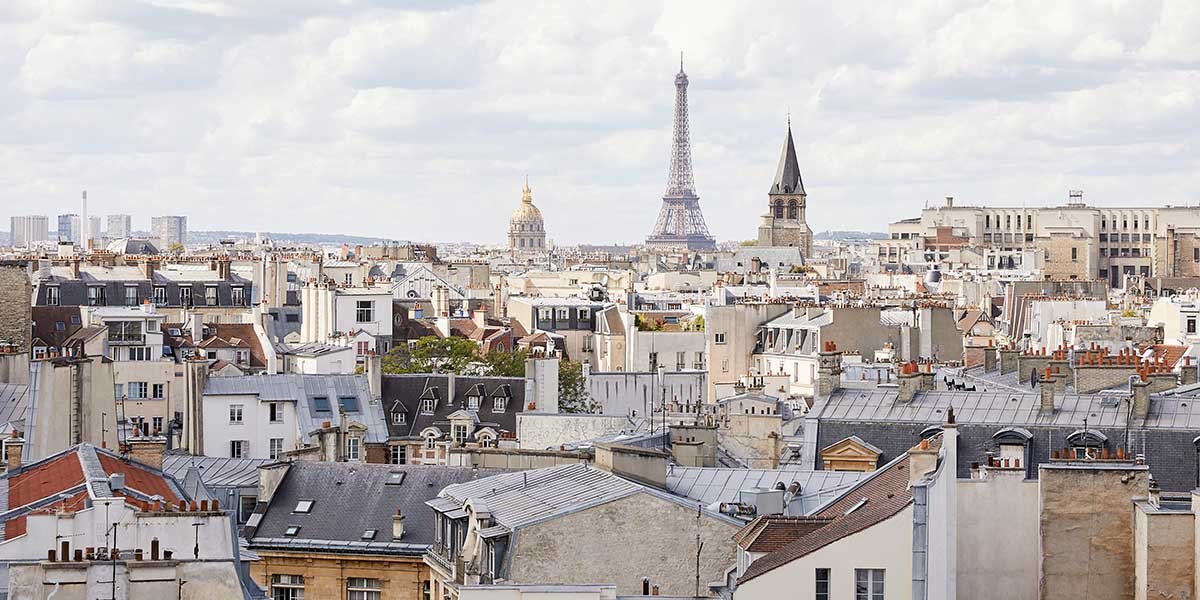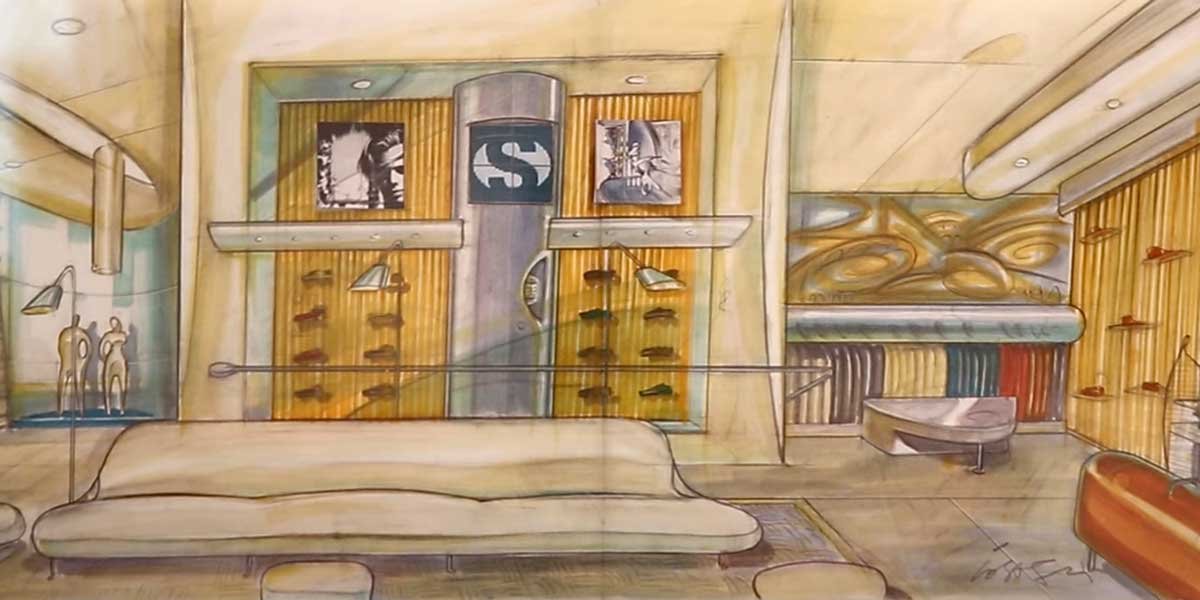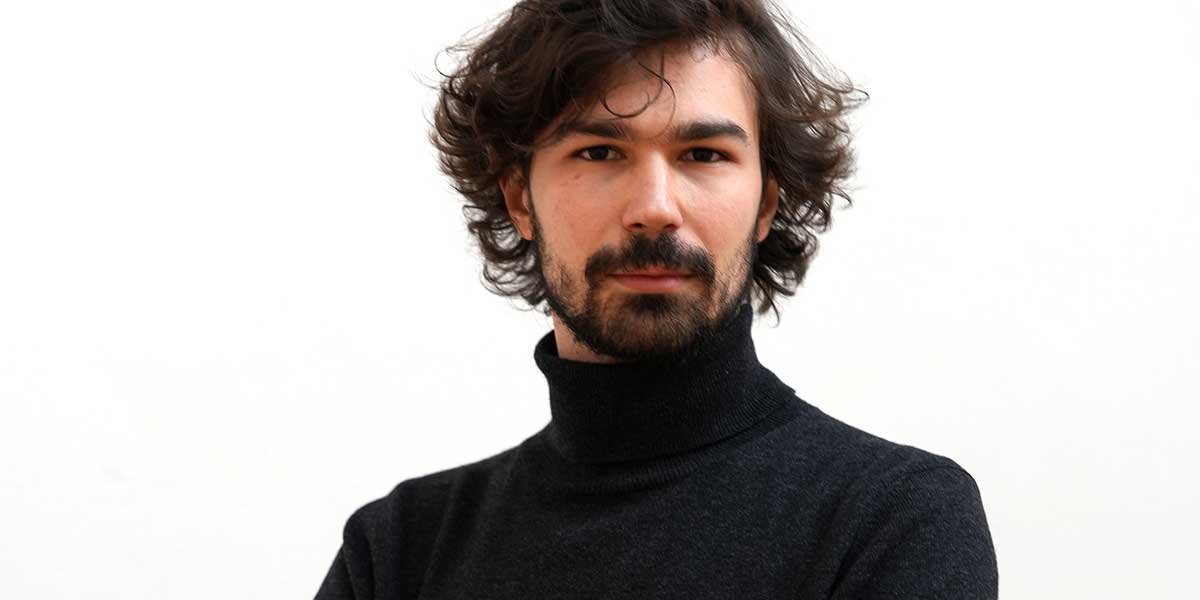Gae Aulenti: the lady of architecture and design. In the panorama of Italian design of the 1950s, women, due to a question of possibilities or female emancipation that characterized that historical period, did not have much space. One of the few personalities who managed to leave an indelible mark on architecture and design was Gae Aulenti.
Architect, designer, urban planner and set designer, in her long career she has carried out important projects in numerous cities around the world, among the most significant the transformation and installation of the Orsey Museum in Paris, the restoration of Palazzo Grassi in Venice and the Palavela in Turin up to more recent projects such as the redevelopment of Piazzale Cadorna in Milan.
Gae Aulenti was born in Palazzolo dello Stella on 4 December 1927 and after graduating in architecture at the Polytechnic of Milan, her career and international fame were established with the collaboration with Olivetti for which she designed the showrooms and one of its most famous lamps, the Pipistrello.
Pipistrello Lamp, 1965, Martinelli Luce

Designed specifically for the Olivetti store in Paris in 1965 and engineered by Martinelli Luce, it entered the catalog shortly after and has remained there for almost 50 years since then, unchanged and immutable. A dynamic object, imposing and elegant in its finishes.
It is composed of a telescopic steel rod that allows you to raise and lower the methacrylate diffuser, characterized by ribs that resemble the wings of a bat. To celebrate the 40 years of life of the lamp, Martinelli Luce has created a special edition in two versions, with a steel-coloured or chromed metal base.
The Pipistrello lamp inside the Olivetti store in Paris, 1965

In 1962 Aulenti designed the Sgarsul rocking armchair for Poltronova, during the years of the artistic direction of Ettore Sottsass during which the projects that made the history of Italian design were born. A modern reinterpretation of the first rocking chair produced by Thonet in 1862, the design of the Sgarsul armchair derives from the intersection of two ellipses in curved beech wood, a structure embellished with comfortable and soft polyurethane padding and a sophisticated leather upholstery.
Sgarsul rocking armchair, 1962, Poltrova

Locus solus collection, 1964 for Poltronova, reissued by Exteta in 2016

The 1964 Locus Solus collection is the first major outdoor collection ever made. Designed for Poltronova and re-edited by Exteta in 2016, it is made up of seats, tables, lamps and garden loungers characterized by steel tubes painted in bright colours. The designer looks at the rationalist tubular metal furniture but reinterprets it in a pop key, giving life to a fresh collection, with a great personality and timeless.
Locus solus, garden lounger, Exteta 2016

Locus solus, garden armchair, Exteta 2016

At the beginning of the 1980s he was the artistic director of Fontana Arte, a Milanese company founded by Luigi Fontana and Giò Ponti specialized in the production of furnishing objects and glass processing. Precisely in these years Gae Aulenti designed the “Table with wheels“, inspired by an industrial trolley for transporting glass and an example of an intuitive design born from the association with unusual tools of everyday use. The table is composed of a ground tempered glass top to which four industrial, 360-degree pivoting wheels are applied, which allow it to be easily moved around the house.
Table with wheels, 1980, Fontana Arte

The same concept returns in the “Tavolo tour” of 1993 but with bicycle wheels, a surprising table that has now become an icon of Italian design. The top is in ground glass, the forks are chromed and the wheels that allow it to be moved are covered in solid rubber.
Tavolo Tour, 1993, Fontana Arte

The underlying theme of Gae Aulenti’s projects was her ability to blend styles and inspirations from different historical moments with extreme refinement: from Neoliberty to Art Deco, passing from the ironic recovery of the assemblage to the legacy of pop art.
Gae Aulenti inside the Orsey Museum



























